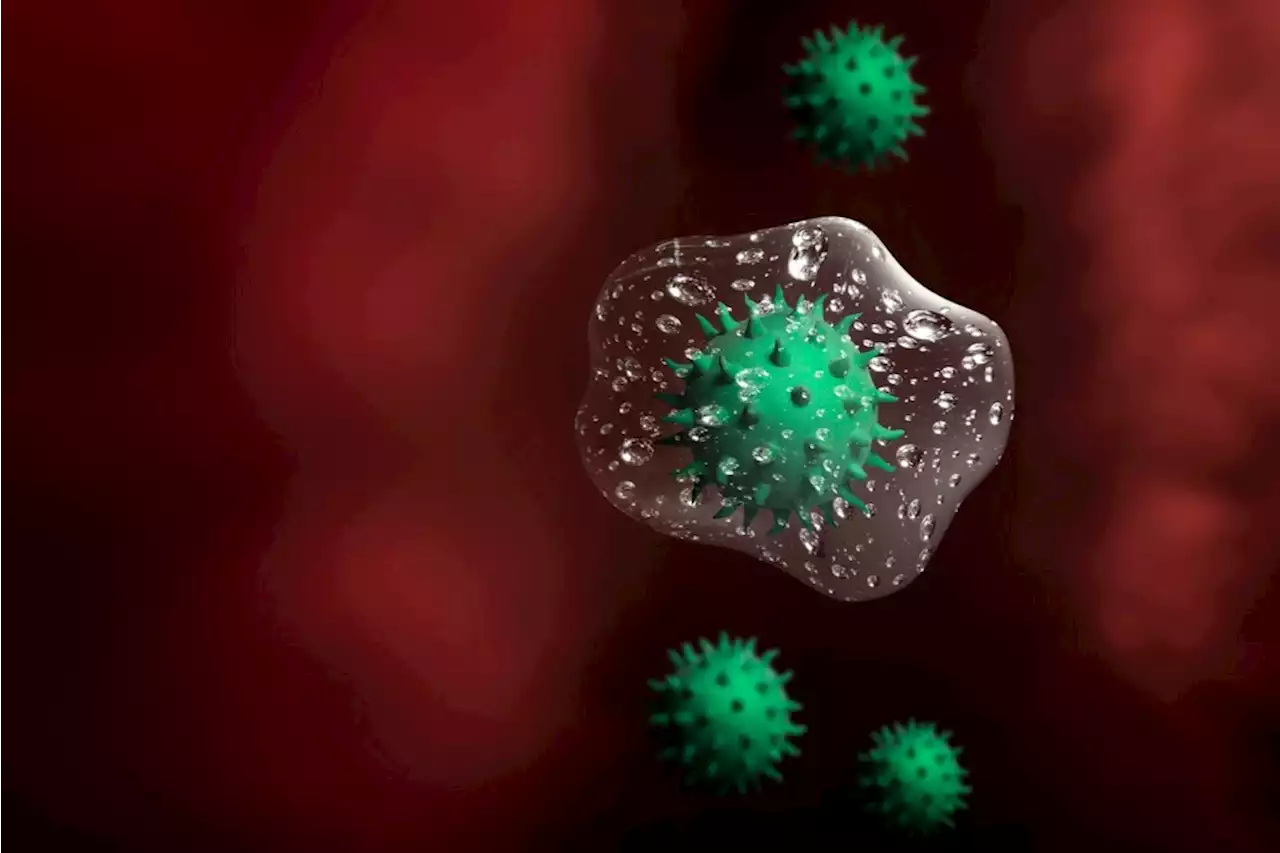Researchers use spatial single-cell transcriptome technique to examine immune signatures of SARS-CoV-2-infected lungs Cell Coronavirus Disease COVID Lungs SARSCoV2 medrxivpreprint PittDeptofMed UTSA IcahnMountSinai PittTweet
By Neha MathurMar 1 2023Reviewed by Benedette Cuffari, M.Sc. *Important notice: medRxiv publishes preliminary scientific reports that are not peer-reviewed and, therefore, should not be regarded as conclusive, guide clinical practice/health-related behavior, or treated as established information.
About the study In the present study, researchers used five COVID-19 autopsies and one uninfected postmortem case to retrieve tissues for SSCTA analysis. All tissues exhibited pulmonary thromboembolism, lymphocytic infiltration, and DAD of varying degrees after staining with hematoxylin and eosin . Local feature distributions in the neighboring region of the cell with a fixed cell number or radius were also calculated. This approach allowed for the generation of spatial gene expression and co-expression maps of ligand-receptor pairs.
Differential expression analysis of genes in SARS-CoV-2-infected and uninfected lung tissue cells compared to cells in the non-COVID-19 lung tissue revealed that SARS-CoV-2 exerted similar effects on these cells across all tissues. These indirect effects of inflammation and complement activation might also be responsible for lung pathology in COVID-19 patients.
Consistent with pathological investigations, NCTC analysis revealed unorganized distributions of ACs, VECs, and fibroblasts, which were the major parenchymal cell types in SARS-CoV-2-infected tissues. In addition, differential gene expression evaluations of COVID-19 and non-COVID-19 lung tissues identified nine and ten up and downregulated genes, respectively.
United States Latest News, United States Headlines
Similar News:You can also read news stories similar to this one that we have collected from other news sources.
 Evidence that cross-reactive immunity from common human coronaviruses can influence response to SARS-CoV-2In a recent study published in the journal Vaccines, researchers in Saudi Arabia and the United States examined immune responses and immunoglobulin G (IgG) cross-reactivity in individuals infected with Middle East respiratory syndrome coronavirus (MERS-CoV) and severe acute respiratory syndrome coronavirus 2 (SARS-CoV-2).
Evidence that cross-reactive immunity from common human coronaviruses can influence response to SARS-CoV-2In a recent study published in the journal Vaccines, researchers in Saudi Arabia and the United States examined immune responses and immunoglobulin G (IgG) cross-reactivity in individuals infected with Middle East respiratory syndrome coronavirus (MERS-CoV) and severe acute respiratory syndrome coronavirus 2 (SARS-CoV-2).
Read more »
 LINE1-Mediated Reverse Transcription and Genomic Integration of SARS-CoV-2 mRNA Detected in Virus-Infected but Not in Viral mRNA-Transfected CellsSARS-CoV-2 sequences can be reverse-transcribed and integrated into the genomes of virus-infected cells by a LINE1-mediated retrotransposition mechanism. Whole-genome sequencing (WGS) methods detected retrotransposed SARS-CoV-2 subgenomic sequences in virus-infected cells overexpressing LINE1, while an enrichment method (TagMap) identified retrotranspositions in cells that did not overexpress LINE1. LINE1 overexpression increased retrotranspositions about 1000-fold as compared to non-overexpressing cells. Nanopore WGS can directly recover retrotransposed viral and flanking host sequences, but its sensitivity depends on the depth of sequencing (a typical 20-fold sequencing depth would only examine 10 diploid cell equivalents). In contrast, TagMap enriches the host–virus junctions and can interrogate up to 20,000 cells and is able to detect rare viral retrotranspositions in LINE1 non-overexpressing cells. Although Nanopore WGS is 10–20-fold more sensitive per tested cell, TagMap can interrogate 1000–2000-fold more cells and, therefore, can identify infrequent retrotranspositions. When comparing SARS-CoV-2 infection and viral nucleocapsid mRNA transfection by TagMap, retrotransposed SARS-CoV-2 sequences were only detected in infected but not in transfected cells. Retrotransposition in virus-infected cells, in contrast to transfected cells, may be facilitated because virus infection, in contrast to viral RNA transfection, results in significantly higher viral RNA levels and stimulates LINE1 expression by causing cellular stress.
LINE1-Mediated Reverse Transcription and Genomic Integration of SARS-CoV-2 mRNA Detected in Virus-Infected but Not in Viral mRNA-Transfected CellsSARS-CoV-2 sequences can be reverse-transcribed and integrated into the genomes of virus-infected cells by a LINE1-mediated retrotransposition mechanism. Whole-genome sequencing (WGS) methods detected retrotransposed SARS-CoV-2 subgenomic sequences in virus-infected cells overexpressing LINE1, while an enrichment method (TagMap) identified retrotranspositions in cells that did not overexpress LINE1. LINE1 overexpression increased retrotranspositions about 1000-fold as compared to non-overexpressing cells. Nanopore WGS can directly recover retrotransposed viral and flanking host sequences, but its sensitivity depends on the depth of sequencing (a typical 20-fold sequencing depth would only examine 10 diploid cell equivalents). In contrast, TagMap enriches the host–virus junctions and can interrogate up to 20,000 cells and is able to detect rare viral retrotranspositions in LINE1 non-overexpressing cells. Although Nanopore WGS is 10–20-fold more sensitive per tested cell, TagMap can interrogate 1000–2000-fold more cells and, therefore, can identify infrequent retrotranspositions. When comparing SARS-CoV-2 infection and viral nucleocapsid mRNA transfection by TagMap, retrotransposed SARS-CoV-2 sequences were only detected in infected but not in transfected cells. Retrotransposition in virus-infected cells, in contrast to transfected cells, may be facilitated because virus infection, in contrast to viral RNA transfection, results in significantly higher viral RNA levels and stimulates LINE1 expression by causing cellular stress.
Read more »
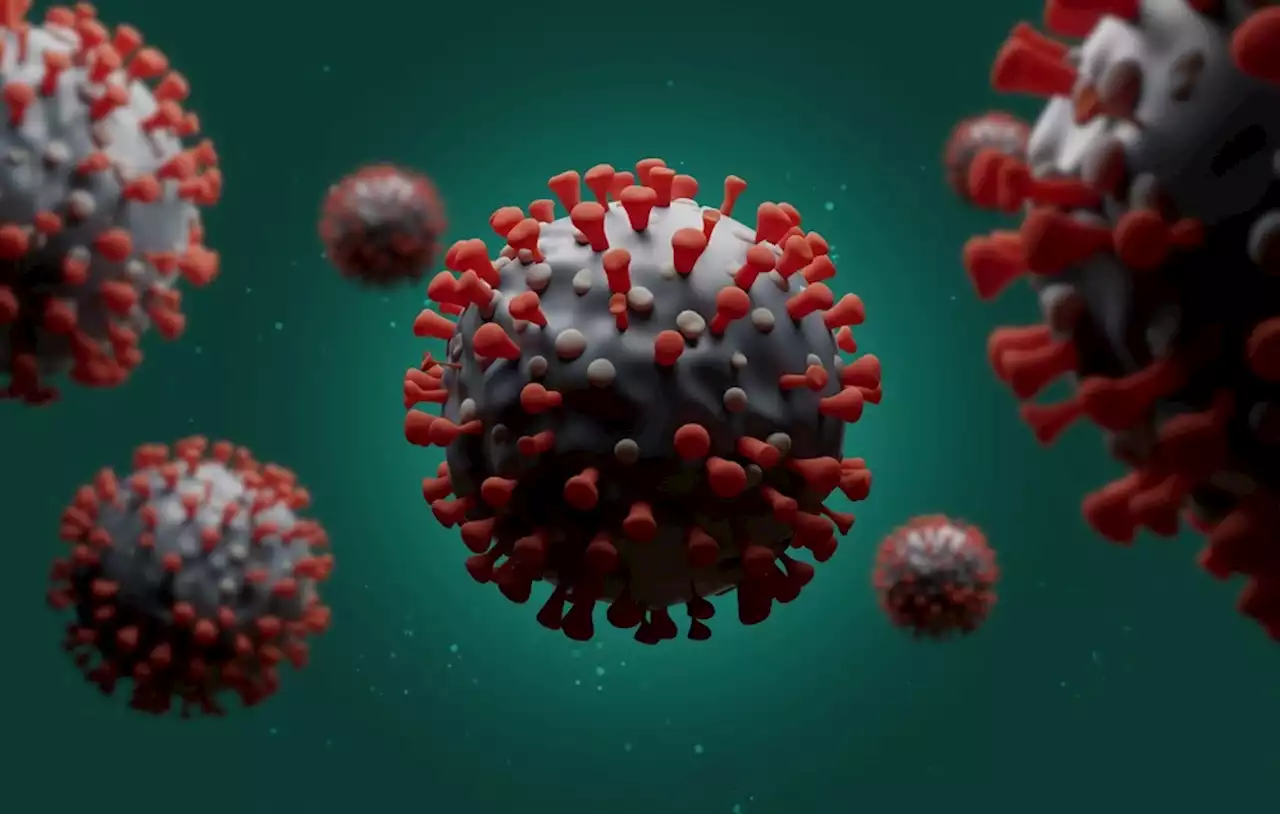 The evolution of transmissible variants harboring mutations consistent with immune escape in mild community COVID-19 casesThe evolution of transmissible variants harboring mutations consistent with immune escape in mild community COVID-19 cases medrxivpreprint imperialcollege UniofOxford evolution mutation COVID19 coronavirus covid
The evolution of transmissible variants harboring mutations consistent with immune escape in mild community COVID-19 casesThe evolution of transmissible variants harboring mutations consistent with immune escape in mild community COVID-19 cases medrxivpreprint imperialcollege UniofOxford evolution mutation COVID19 coronavirus covid
Read more »
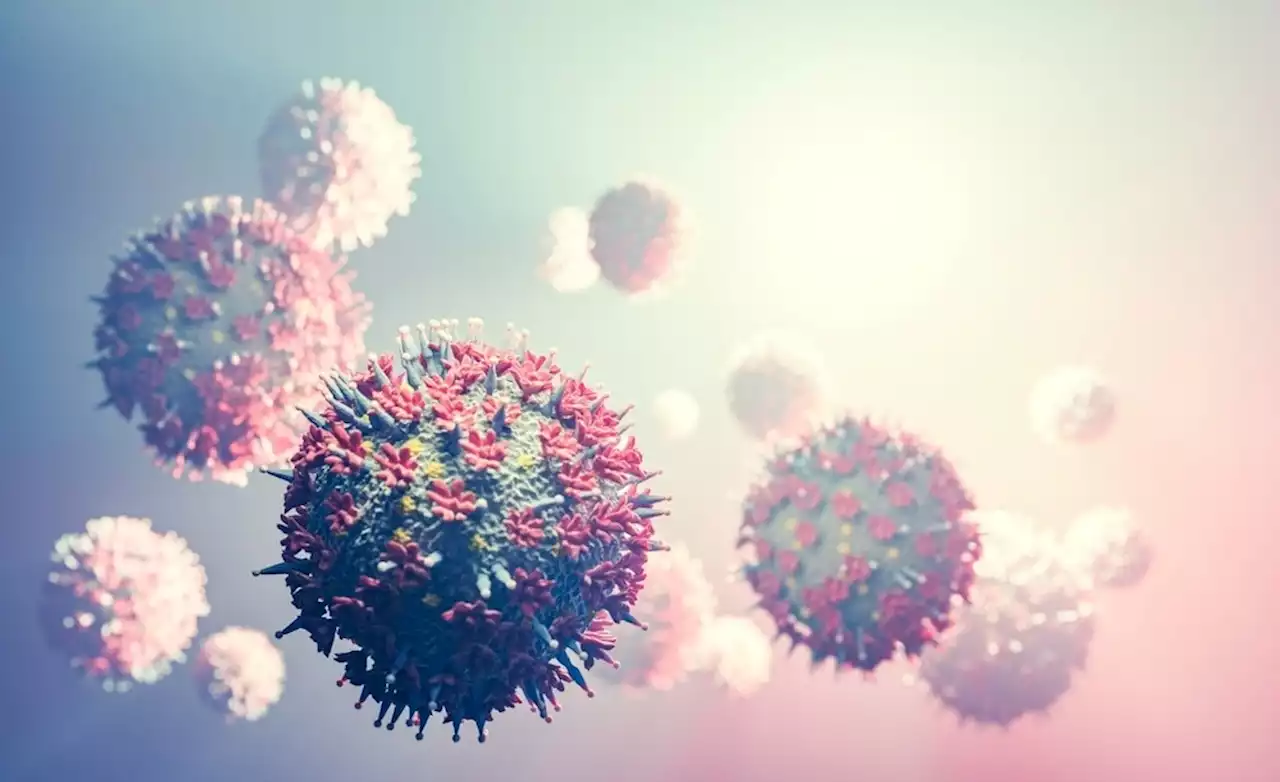 The effects of Omicron emergence on seroprevalence and hybrid immunity in the Finnish adult populationThe effects of Omicron emergence on seroprevalence and hybrid immunity in the Finnish adult population medrxivpreprint THLorg helsinkiuni Omicron immunity COVID19 coronavirus covid hybridimmunity Finland
The effects of Omicron emergence on seroprevalence and hybrid immunity in the Finnish adult populationThe effects of Omicron emergence on seroprevalence and hybrid immunity in the Finnish adult population medrxivpreprint THLorg helsinkiuni Omicron immunity COVID19 coronavirus covid hybridimmunity Finland
Read more »
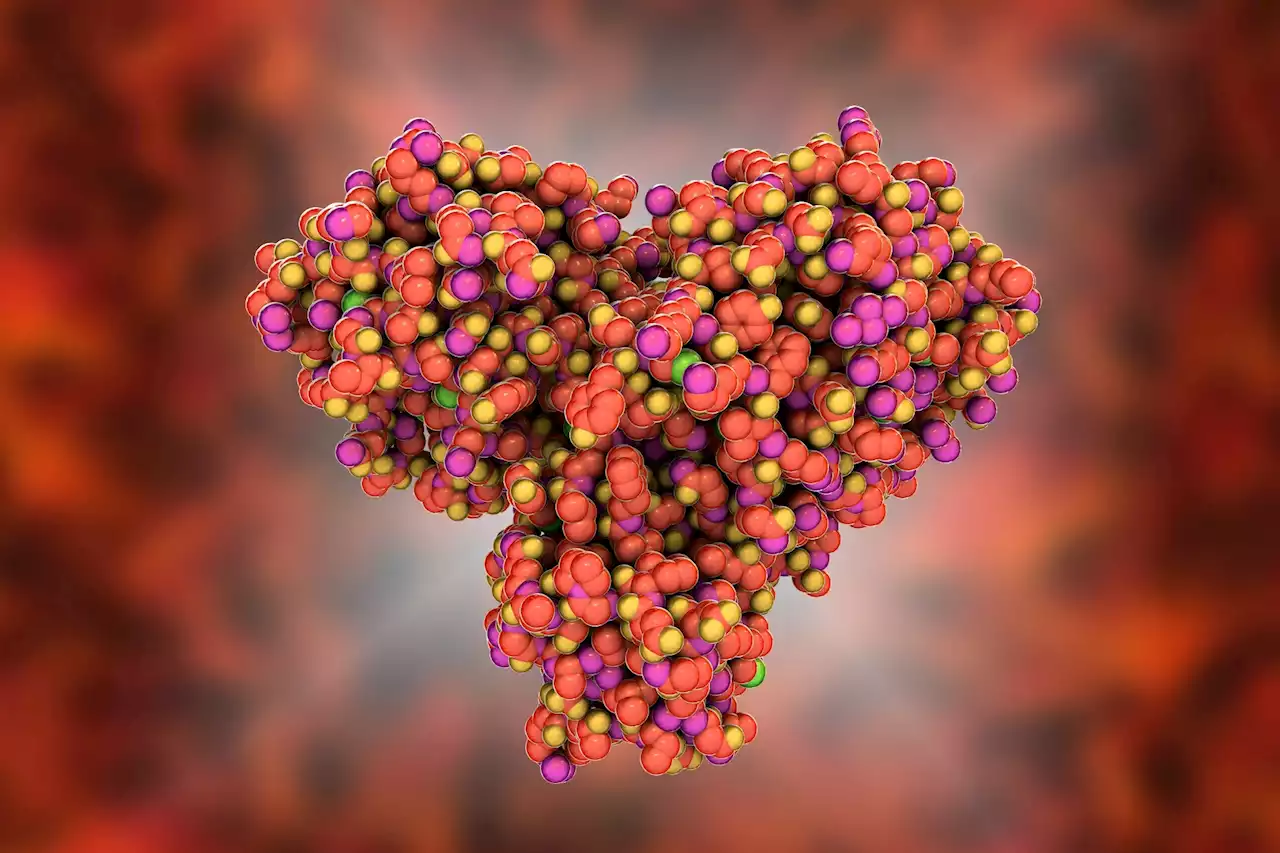 New cell-based assay shown to rapidly profile drug resistance to three widely used SARS-CoV-2 main protease inhibiting drugsIn a recent study posted to the bioRxiv* pre-print server, researchers tested three next-generation severe acute respiratory syndrome coronavirus 2 (SARS-CoV-2) main protease (Mpro) inhibitors, namely, nirmatrelvir, ensitrelvir, and FB2001, using a novel cell-based assay.
New cell-based assay shown to rapidly profile drug resistance to three widely used SARS-CoV-2 main protease inhibiting drugsIn a recent study posted to the bioRxiv* pre-print server, researchers tested three next-generation severe acute respiratory syndrome coronavirus 2 (SARS-CoV-2) main protease (Mpro) inhibitors, namely, nirmatrelvir, ensitrelvir, and FB2001, using a novel cell-based assay.
Read more »
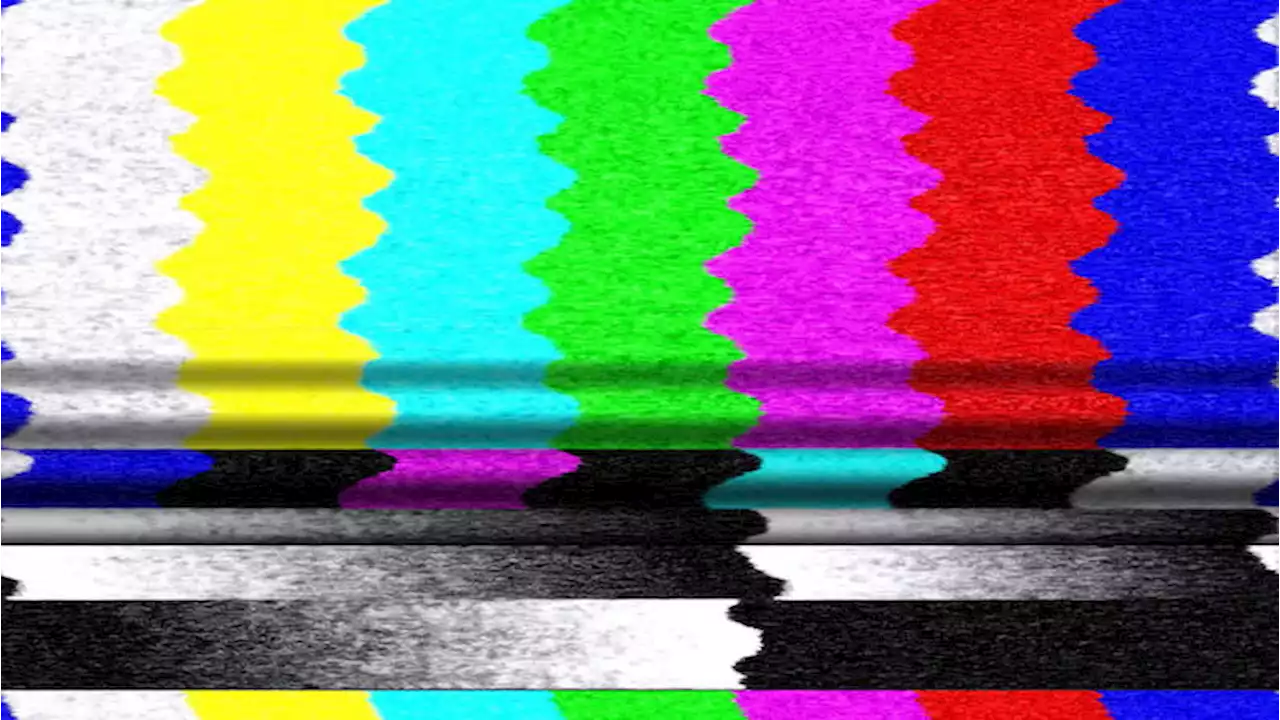 MIT researchers concoct interference-busting radiosBoffins concoct interference-busting radios
MIT researchers concoct interference-busting radiosBoffins concoct interference-busting radios
Read more »
